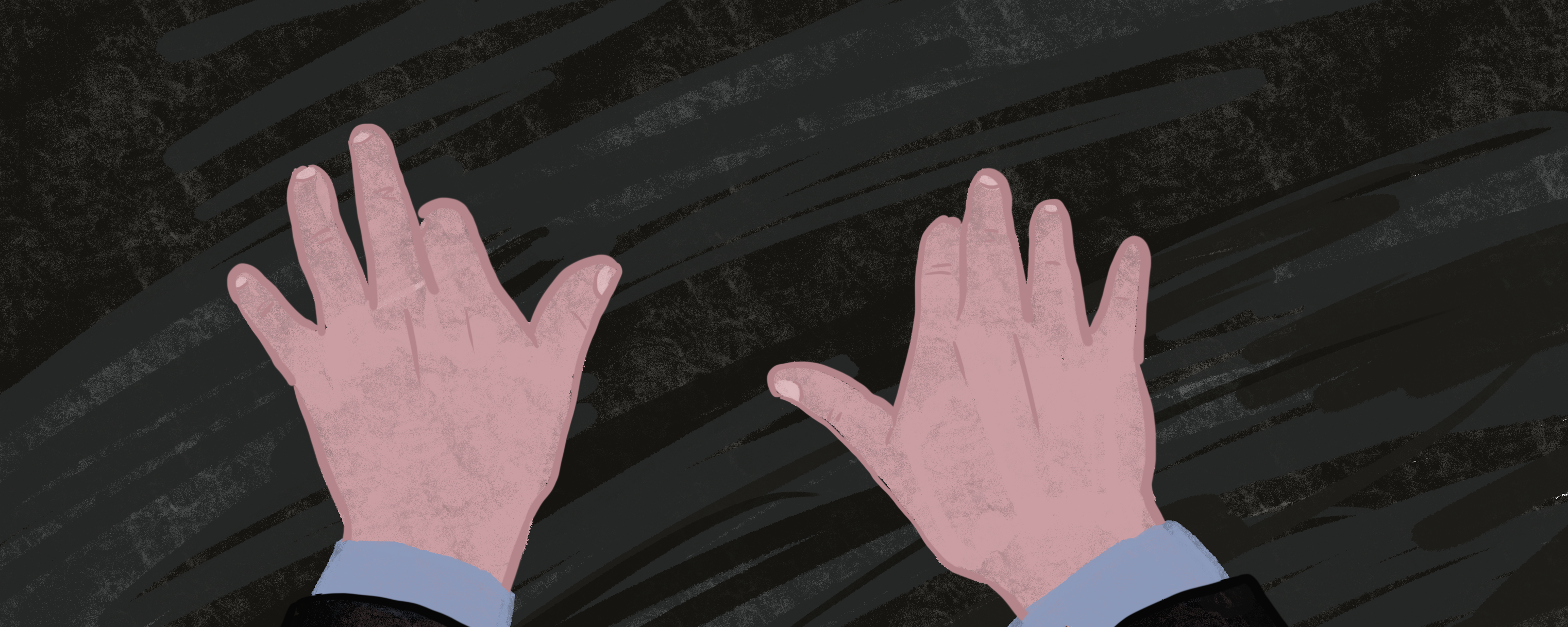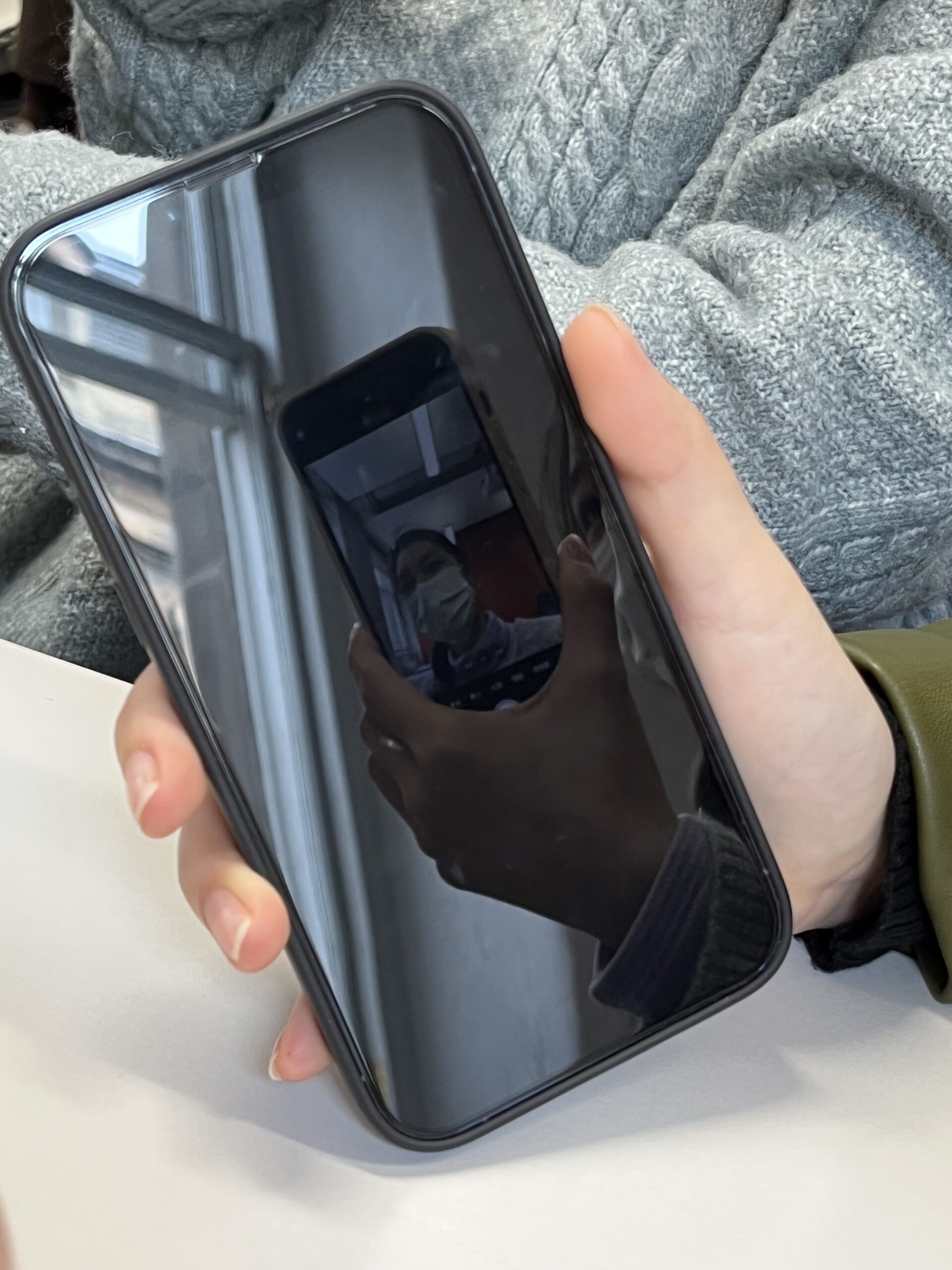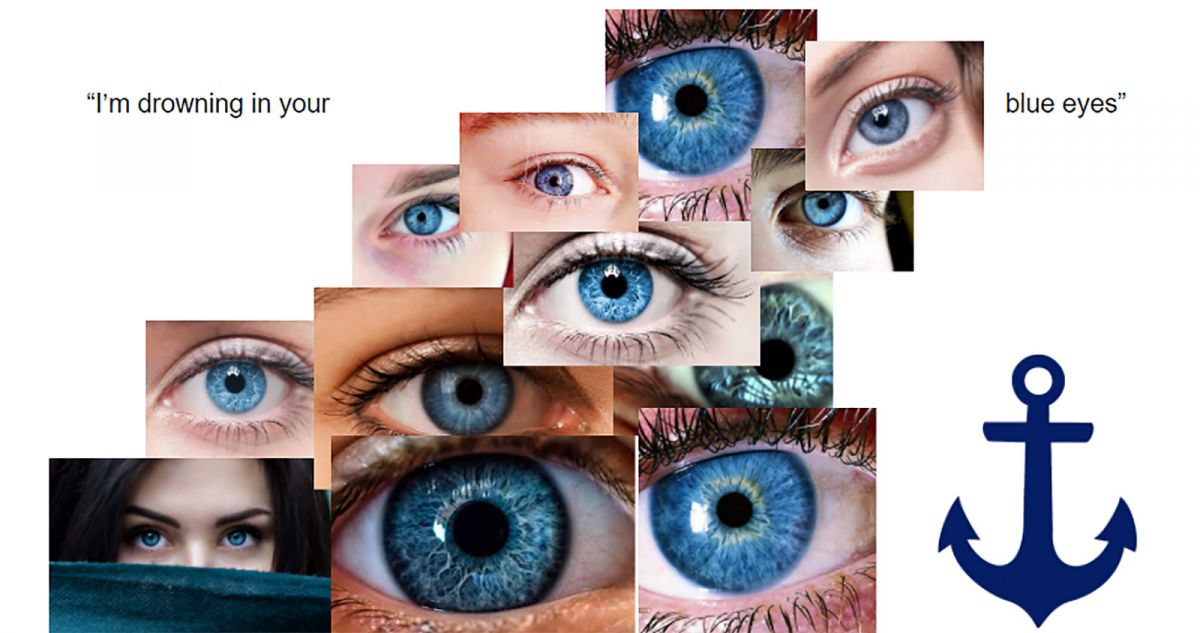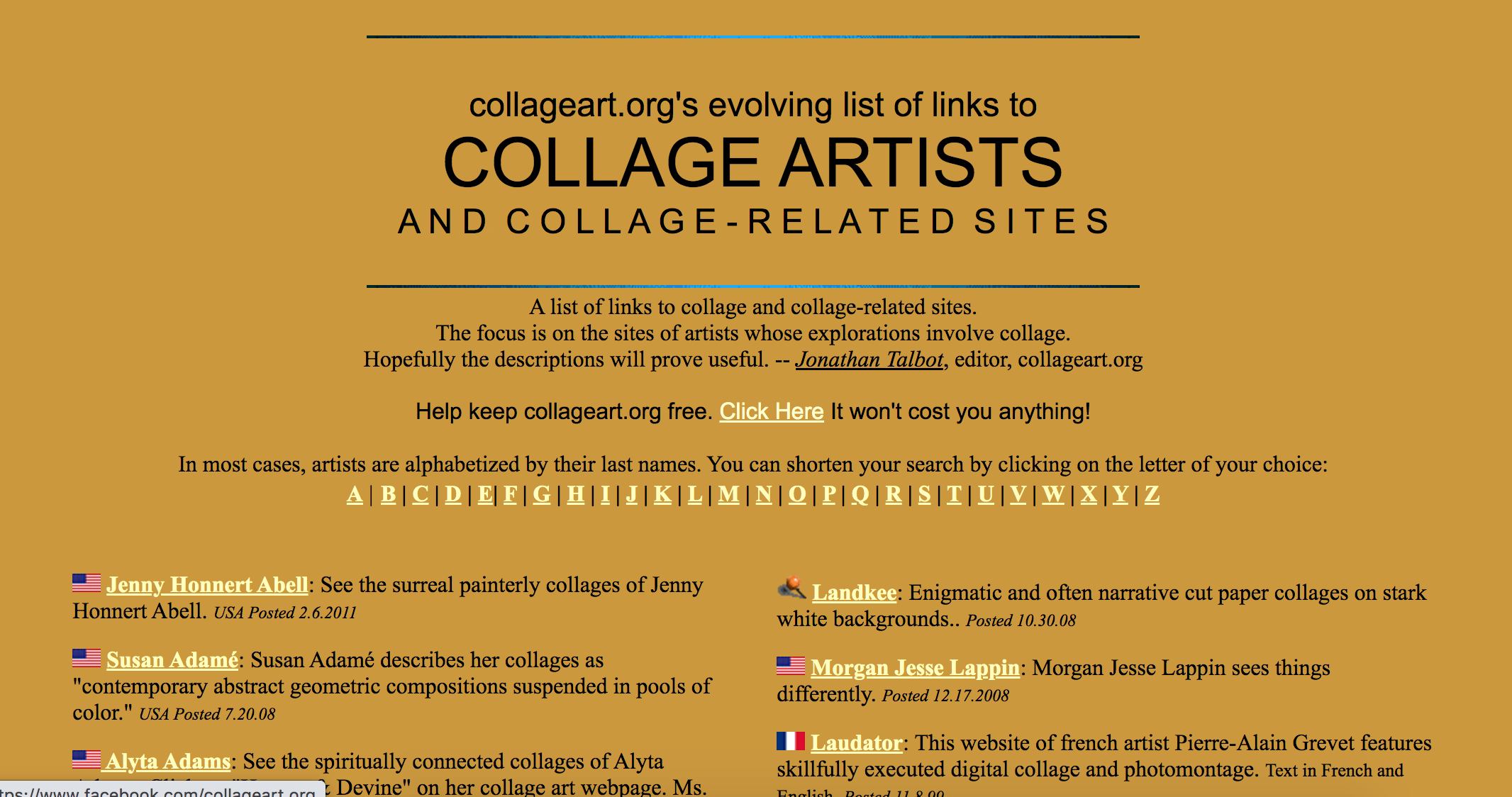Pre-Sprint: Open Learning & Modding: Learning Module?
When you create something that’s open with the explicit purpose of generating feedback on what you have created, you need to design-in a clear mechanism for closing the feedback loop – thus ensuring that you learn from how people use your work.
What does this mean? How to design a mechanism for closing the feedback loop?
How could you codify your own work in such a way that it could be CC licenced and distributed as free culture?
According to my experience in design, it is not as easy as codifying music and text to distribute the graphic design, new media artwork, or Animation with CC licences for remixing because of the various form of them. To create an artistic toolkit, we can probably separate artworks into several parts, including inspirations artists have, the material they used, the theme or topic they want to talk about, and so on. Thus other artists can gain inspiration from any stage of other people’s work.
Creating an OER from a ‘Closed’ Source
To create an OER for the course ‘Drawn From the City,’ we should first identify which components of the course “Drawn From the City” are “closed.” Firstly, the content of lectures is ‘closed.’ Unenrolled individuals are not permitted to access the course or receive instruction or feedback from the instructor. Furthermore, because fieldwork in the course involves exploring Edinburgh, it would be challenging for students from other cities or nations to complete fieldwork there.
It takes both the university and the instructors to work together to redesign the course such that it is openly available. First, the school can establish a website accessible to people outside the school, record the course and materials, and post them there. The course instructor should modify the content to make it more available to students from various cities. Instead of concentrating exclusively on examining a variety of Edinburgh’s physical, psychological, and ephemeral phenomena, the course should explain how to investigate different urban phenomena, using Edinburgh as an example to aid individuals worldwide in investigating their cities. Second, the website needs social features that let users publish and comment on content in different media, such as pictures, videos, web links, etc. This would encourage students to upload their work to the website, such as drawings, photos, recordings, films, repurposing objects, notes, or writing, and to receive feedback from other users’ comments to promote collaborative learning.
Through the implementation of these efforts, the course will become more “open,” enabling participation from more students and interested parties outside of Edinburgh University.
Week 4 Class Assignment:
D-I-Y Learning Learning Theory
Learning to Love You More
Assignment #32: Draw a scene from a movie that made you cry

A scene from The Legend of 1900. 1900 is playing an invisible piano waiting for his death.
- How might you consider your experience of this art assignment from a constructivist perspective?
- Instead of being a passive process, learning is active in this process. I can select a subject that interests me from among the more than 70 artistic assignments.
- I need to reflect on a memorable movie scene that profoundly impacted me to complete this homework. I now construct new information on top of my prior knowledge.
- How might you consider your experience of this art assignment from a connectivist perspective?
- I can view other people’s paintings on this website. Some of them inspire me to pick a movie and how to illustrate it.
- How might you consider your experience of this art assignment from a critical pedagogy perspective?
- It gives me more power to decide what I draw from, what sources I utilize, what tools I employ, and why.
- This art assignment is based on my experience in movies and concurs with my interests. It allowed me to examine artwork for myself.
- Can this art assignment be considered to enable or facilitate paragogy?
- It seems acceptable to me. Each person has their own unique moving film in mind as well as a unique way to present it. Being encouraged to sketch scenes from movies of their choice and share them with others in class or online, Students can discuss why certain movies move them, why they utilize this material to produce images, etc.
Week 4 | Playtesting Art Assignment
Here is a list of all the Assignments that my Basho playtested today:
- Off https://www.theartassignment.com/assignments/off
- Art By Selection https://www.wickedartsassignments.com/assignments/page:2/2021-02-12-11-28-35
- One Minute Sculpture https://www.wickedartsassignments.com/assignments/themes/keep-in-time/2021-02-12-12-18-46
I’m going to try to analyze my experience in doing “off” through the questions below.

(The instruction of “off”:
1. Turn off a screen
2. Take a photo of only the screen
3. Make sure to think of color, pattern, and form. Don’t include any humans in the frame.
4. Upload it to your social media platform of choice using #theartassignment
5. Fame and glory (your work might be in a future episode) )
- Aims/Objectives: What do you think worked here? What didn’t?
- I’ve observed reflections on phone screens before, but I never considered taking a recording of them. This assignment, in my opinion, is well-designed, successfully bringing people’s attention to details that are typically ignored and offering a new view on things. However, this assignment emphasized the importance of having no humans in the photo, which I found confusing. I believe that this constraint restricts the variety of alternatives that artists have.
- Mechanics: Would you change something to make the assignment run differently/better?
- I may alter some of the guidelines: allowing everything to appear in the image.
- Timing: Could you complete the Assignment it in 20mins, 15mins, 10mins….?
- Different amounts of time might have various outcomes. In a shorter amount of time, let’s say 5 to 10 minutes, I can only attempt to take this picture using items nearby. However, I might attempt to choose a location with a decent view or use better professional equipment to shoot this photo if I had more time, such as 30 hours or even a whole day, like the people who posted this artwork on the website.
- Prep: Did you need to prepare extensively for the Assignment or could you work with it immediately? (Problem Scenario) Did you require lots of resources to begin working on the Assignment?
- One of the reasons I think it’s so well designed is that it’s easy to start. All you need is a screen and a camera device, and almost everyone has both of those things these days. It doesn’t take a lot of resources to start this assignment.
- Learners: (Problem Scenario) Did the Assignments “avoid making assumptions about the learners that will use” them?
- Yes, I think so. I think it is an art assignment that everyone can participate in. It does not assume that the participants are all artists, nor does it require them to have artistic knowledge or skills.
Curate a collage of connections
Art assignment https://www.wickedartsassignments.com/assignments/page:2/2021-02-12-11-28-35 has correlations with this…
Contemporary works of art https://www.anothermag.com/art-photography/3318/top-10-collage-artists-hannah-hoch-to-man-ray which, in turn, correlates with this…
“Toolkits” https://www.collageart.org/links/ which related to
Other Art Assignments http://www.learningtoloveyoumore.com/reports/28/28.php



